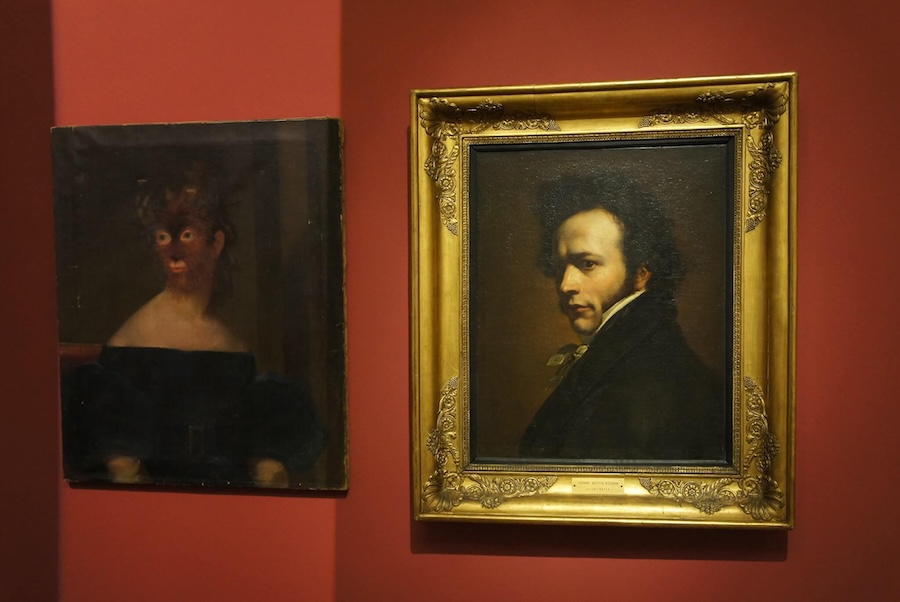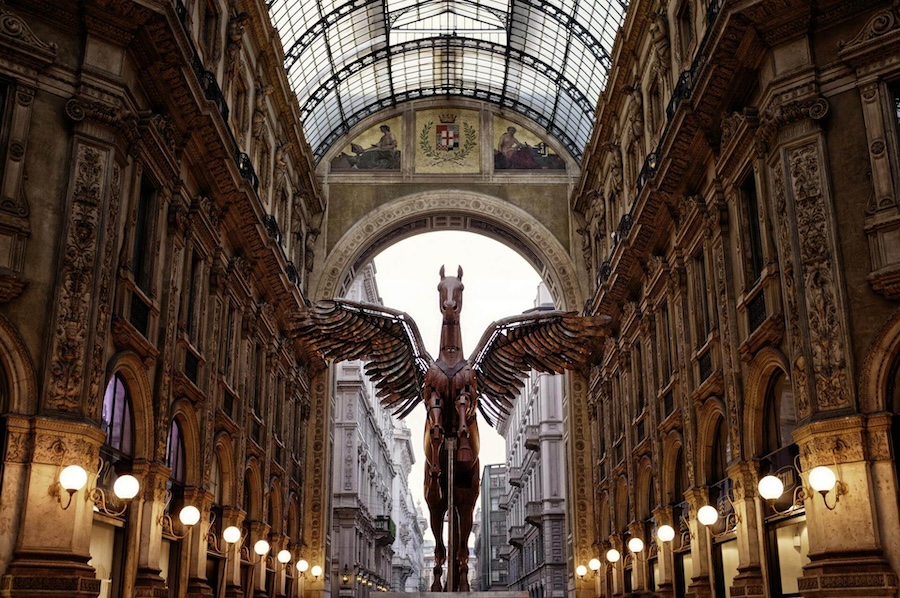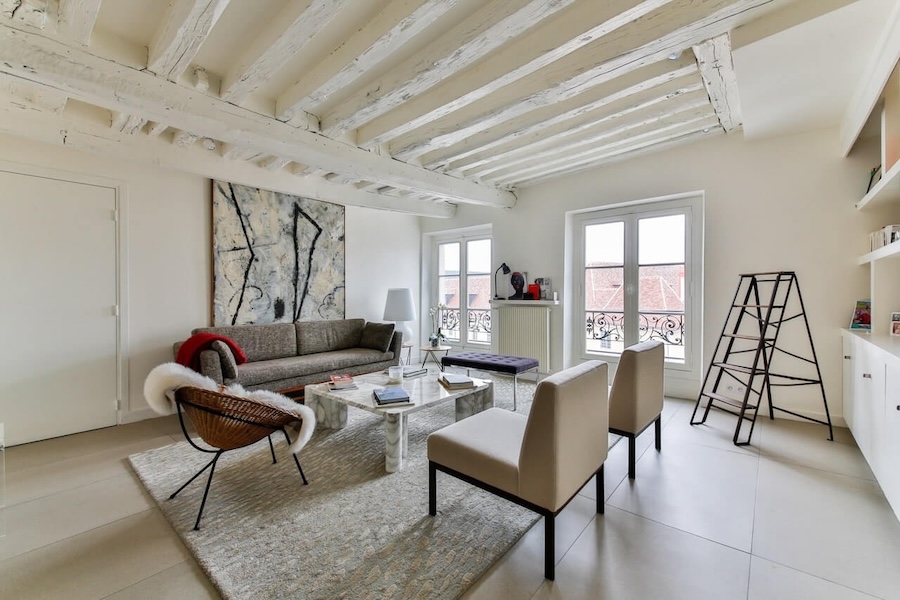· business · 6 min read
The Intersection of Art and Business
Explore the intricate world of the global art market, where creativity meets commerce, and discover how art has become a significant force in the business world, shaping economies and cultures alike.

The global art market stands at the fascinating crossroads of creativity and commerce, where masterpieces are not only expressions of human ingenuity but also valuable assets that influence economies and cultures. From the bustling auction houses of New York and London to the emerging art scenes in Asia and the Middle East, the art market has evolved into a complex ecosystem that mirrors global economic trends and societal shifts. In this exploration, we delve into the evolution of the global art market, its impact on business and culture, and the forces shaping its future.
The Historical Context: Art as an Asset
From Patronage to Marketplace
Historically, art was predominantly commissioned by religious institutions, monarchs, and the aristocracy, serving as a reflection of power, spirituality, and prestige. The Renaissance period, for example, saw artists like Leonardo da Vinci and Michelangelo working under the patronage of influential families like the Medicis.
The shift towards art as a commodity began in the 17th century with the rise of the middle class and the establishment of art dealers and galleries. The Dutch Golden Age introduced a burgeoning market where artists sold works directly to collectors, laying the groundwork for today’s art economy.
The Birth of Auction Houses
The establishment of auction houses such as Sotheby’s (founded in 1744) and Christie’s (founded in 1766) formalized the art market, creating platforms for buying and selling art as investment assets. These institutions played a pivotal role in setting standards, validating authenticity, and establishing the monetary value of artworks.
The Modern Art Market: A Complex Ecosystem
Market Segments and Players
The contemporary art market comprises various segments:
- Primary Market: Where artworks are sold for the first time, typically through galleries representing artists.
- Secondary Market: Resale of artworks through auctions, dealers, or private sales.
- Auction Houses: Public sales where artworks are sold to the highest bidder, often setting benchmark prices.
- Art Fairs: Events like Art Basel and Frieze bring together galleries, collectors, and artists, facilitating networking and sales.
- Online Platforms: Digital marketplaces like Artsy and Saatchi Art expand accessibility and reach.
Key players include artists, collectors, dealers, galleries, auction houses, art advisors, and increasingly, financial institutions offering art investment services.
The Economics of Art
Art’s value is influenced by factors such as:
- Provenance: The artwork’s history of ownership.
- Authenticity and Condition: Verified originality and preservation state.
- Artist Reputation: Recognition and critical acclaim.
- Market Trends: Shifts in collector preferences and cultural significance.
Art is often considered an alternative investment, offering portfolio diversification. High-profile sales, like Leonardo da Vinci’s Salvator Mundi selling for $450 million, highlight the market’s potential but also its volatility.
Globalization and Emerging Markets
The Rise of Asia and the Middle East
The global art market has seen significant growth in Asia, particularly China, which has become one of the largest art markets worldwide. Cities like Hong Kong host major auctions and art fairs, attracting international attention.
The Middle East, with institutions like the Louvre Abu Dhabi and initiatives in Qatar, is investing heavily in cultural development, fostering local art scenes, and attracting global interest.
Cultural Exchange and Influence
Globalization has facilitated cross-cultural exchange, with artists and collectors transcending geographical boundaries. This has led to:
- Diversification of Art Styles: Incorporation of non-Western perspectives.
- Increased Accessibility: Online platforms make art more accessible to a broader audience.
- Cultural Diplomacy: Art as a means of fostering international relationships.
Technology’s Impact on the Art Market
Digital Transformation
Technology is reshaping the art market in several ways:
- Online Auctions and Sales: Platforms like Christie’s Live and Sotheby’s BidNow allow global participation.
- Virtual Reality Exhibitions: Immersive experiences enable remote viewing of artworks.
- Blockchain and NFTs: Non-fungible tokens (NFTs) have introduced new forms of digital art ownership and authentication.
Case Study: The NFT Revolution
The sale of digital artist Beeple’s NFT artwork Everydays: The First 5000 Days for $69 million at Christie’s in 2021 marked a significant moment. NFTs leverage blockchain technology to certify the uniqueness of digital assets, opening new avenues for artists and collectors.
Data Analytics and AI
Artificial Intelligence and data analytics are enhancing market transparency:
- Pricing Algorithms: Predicting art values based on historical data.
- Fraud Detection: Identifying forgeries through pattern recognition.
- Personalized Recommendations: AI-driven platforms suggest artworks to collectors based on preferences.
Legal and Ethical Considerations
Art Authentication and Provenance
Authenticity remains a critical issue. Disputes over provenance can lead to legal battles, affecting market confidence. Institutions employ experts and scientific methods to verify artworks, but challenges persist.
Cultural Heritage and Repatriation
The debate over the ownership of cultural artifacts has intensified:
- Repatriation Claims: Countries seeking the return of artworks taken during colonial periods.
- Ethical Acquisition: Collectors and institutions face scrutiny over the legality and morality of acquisitions.
Regulatory Compliance
Anti-money laundering regulations are impacting the art market:
- Transparency Requirements: Dealers and auction houses must comply with financial regulations to prevent illicit activities.
- Reporting Obligations: Enhanced due diligence and reporting to authorities.
The Art Market and Economic Indicators
Art as an Investment Asset
Art can serve as an indicator of economic trends:
- Wealth Concentration: High art prices often correlate with increased wealth among the affluent.
- Market Sentiment: Art sales can reflect investor confidence or caution.
However, art’s illiquidity and subjective value make it a unique asset class that requires specialized knowledge to navigate.
Philanthropy and Cultural Investment
Art patronage plays a role in cultural development:
- Private Museums: Wealthy collectors establishing museums to house their collections.
- Corporate Sponsorships: Businesses supporting art events and institutions for branding and corporate social responsibility.
The Future of the Global Art Market
Sustainability and Social Impact
Emerging trends focus on sustainability and inclusivity:
- Eco-Friendly Practices: Sustainable materials and processes in art creation and exhibitions.
- Diversity and Representation: Amplifying voices of underrepresented artists.
- Community Engagement: Art initiatives that contribute to social development.
The Role of Education
Art education fosters appreciation and supports market growth:
- Academic Programs: Courses in art business and management.
- Public Outreach: Museums and galleries offering educational programs.
The Influence of Social Media
Platforms like Instagram have become powerful tools:
- Artist Visibility: Allowing artists to reach global audiences directly.
- Market Trends: Influencers and viral moments shaping collector interests.
Conclusion
The global art market is a dynamic intersection of creativity, culture, and commerce. Its evolution reflects broader societal changes, technological advancements, and shifting economic landscapes. As art continues to transcend boundaries, it not only serves as a reflection of human expression but also plays a significant role in shaping economies and fostering cultural dialogue. Navigating this complex market requires a deep understanding of both artistic value and business acumen. The future promises continued innovation, greater accessibility, and a deeper integration of art into the fabric of global society, reinforcing its timeless significance in our world.


